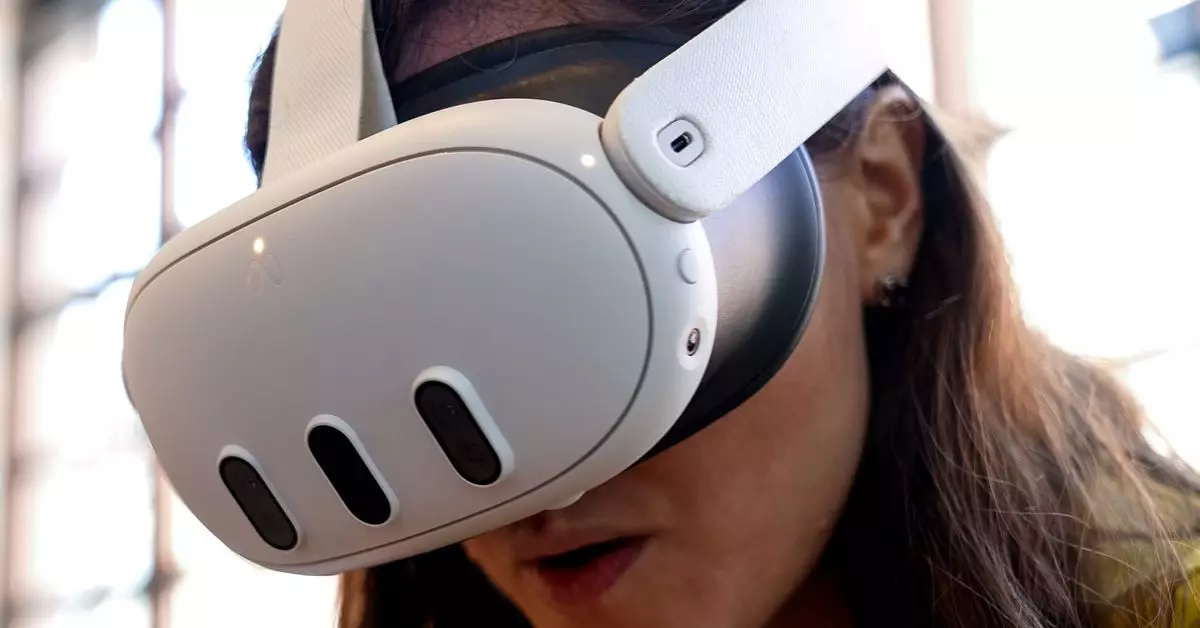Meta, formerly known as Facebook, has been making waves in the tech world with its latest feature for the Quest headsets. The feature allows users to place windows freely, similar to the Apple Vision Pro. This move brings the Quest 3 a step closer to Apple’s spatial computing capabilities, but is it truly as impressive as it seems?
The ability to multitask with multiple windows has been a part of Meta Horizon OS for a few years now. However, the current version only supports three virtual windows docked in a side-by-side layout. This new experimental feature spotted by a data miner named Luna in version 67 of the Meta Quest Public Test Channel allows users to move up to three windows from 2D apps around their space and keep another three docked. While this feature seems promising, there are limitations to consider. For example, the windows may only remember their placement within a limited distance and return to their default positions if the user switches orientation or resets the view.
The Apple Vision Pro takes window placement to the next level by allowing users to move windows around freely and keep them locked in place even while moving around or taking the headset off. This feature creates a more immersive experience by making the windows feel like actual objects in the physical space. While the Quest 3’s new feature is a step in the right direction, it still falls short of the seamless experience provided by the Vision Pro.
Although the new feature is a welcome addition to the Quest headsets, there are still some limitations to consider. For example, users can only switch between curved and flat windows, and there is a dimmer that lowers the brightness of virtual environments while using 2D apps. However, this dimmer feature does not yet work for passthrough mode, limiting its overall utility.
Recent ads for the Quest 3 have highlighted its productivity potential, shifting away from the gaming-centric marketing of previous models. While the Quest 3 may not match the Vision Pro in terms of productivity features, the significant price difference of $3,000 makes it a more accessible option for users looking to enhance their productivity.
Meta’s new feature for the Quest headsets shows promise in enhancing the multitasking capabilities of the device. While it may not yet match the seamless experience offered by the Apple Vision Pro, the Quest 3 is making strides in the right direction. As technology continues to evolve, we can expect to see even more innovations that push the boundaries of what is possible with VR technology.


Leave a Reply